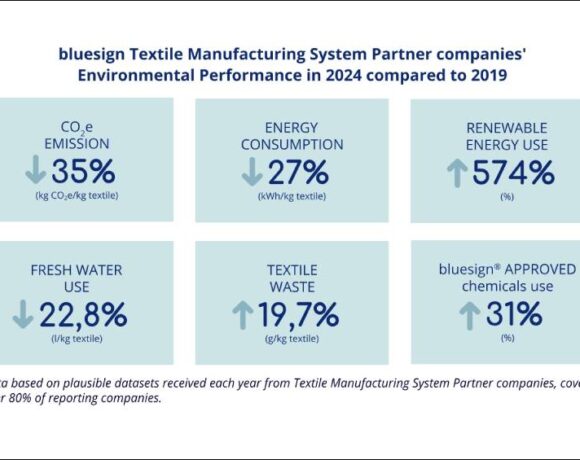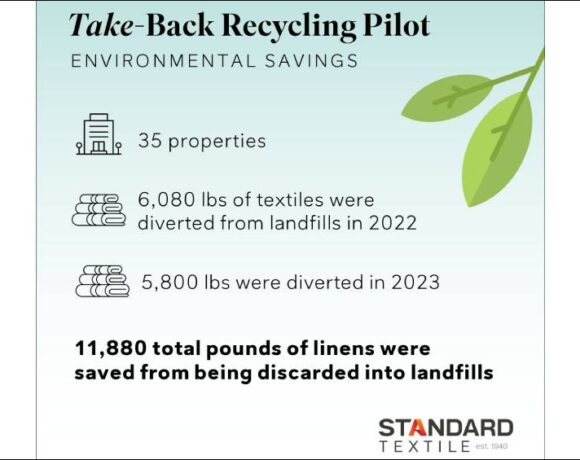New UN Report To Help Fashion Sector Reduce Carbon Footprint

The UN Climate Change’s Fashion Industry Charter for Climate Action has released two reports which aims to help the fashion industry reduce their carbon footprint.
The two reports will help better understand on how to reduce greenhouse gas emissions from raw material extraction, production and processing, which for some companies is the most carbon-intensive part of the fashion value chain.
“These reports are a key resource for any company or organisation wanting to understand and improve upon the current state of play of impact data in the fashion and apparel industry,” said Lindita Xhaferi-Salihu, Sector Engagement Lead with UN Climate Change.
“We thank the signatories of the Fashion Industry Charter for Climate Action for their inputs and supporting the creation of these important reports,” Xhaferi-Salihu added
The new reports build on the Charter’s 2021 report – ‘Identifying Low Carbon Sources of Cotton and Polyester’, expanding to two additional raw material categories important to the global fashion and apparel industry like animal fibres and man-made cellulosics.
“The aim of all of which has been to support the fashion, textile, and apparel industry to understand how to reduce greenhouse gas emissions from raw material extraction, production and processing,” said Claire Bergkamp, CEO at Textile Exchange.
“These reports are an important and welcomed resource that should be considered as a key read for company or organization looking to understand and improve upon the current state of impact data in the industry,” Bergkamp too added
The reports serve as neutral and centralised sources of information on the greenhouse gas impact data that currently exists globally in each raw material category, and provide a detailed assessment of the data gaps and challenges.
The reports will help the signatories of the Fashion Charter identify ways to reduce their greenhouse gas emissions and work toward their commitment to achieve net-zero emissions by 2050.














